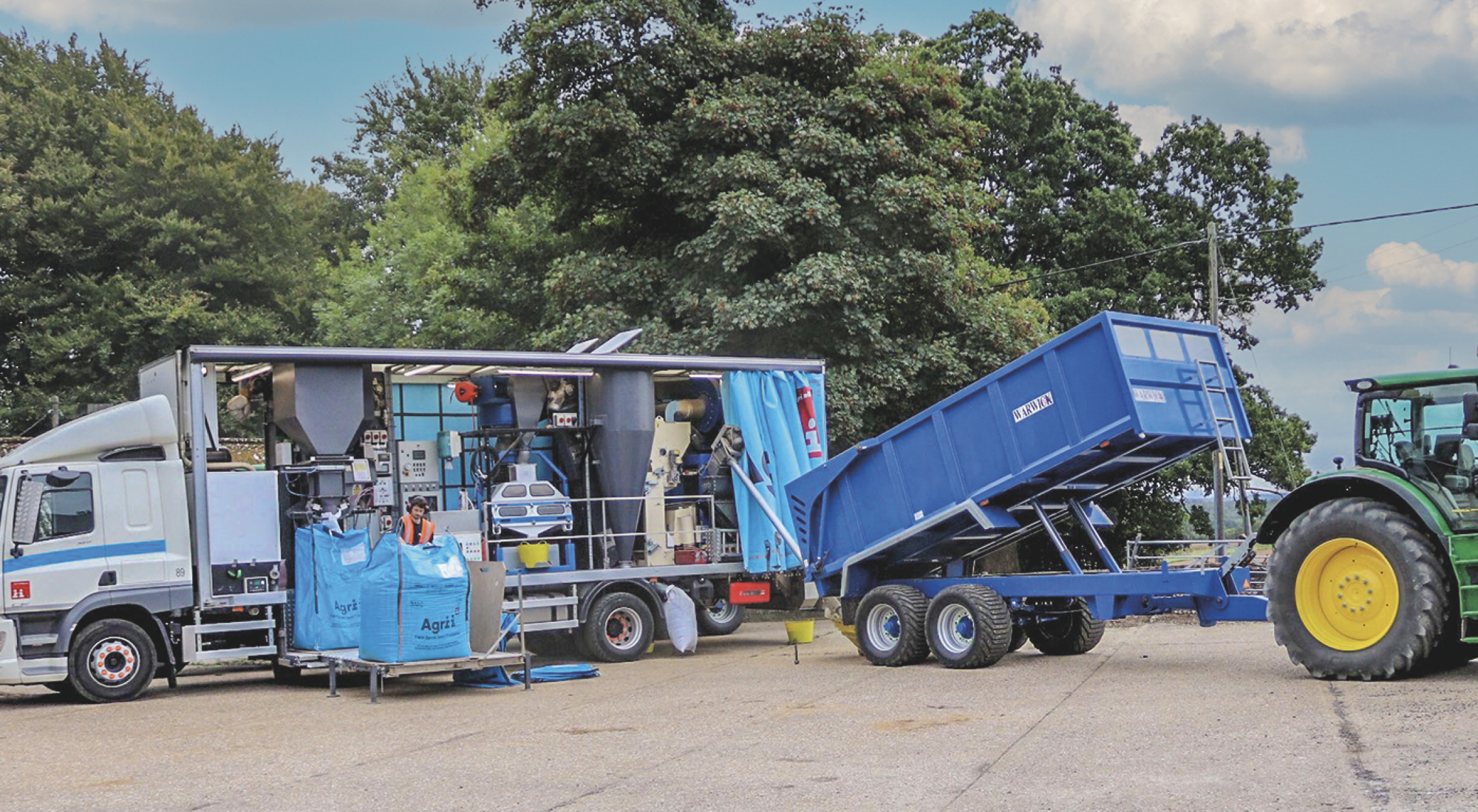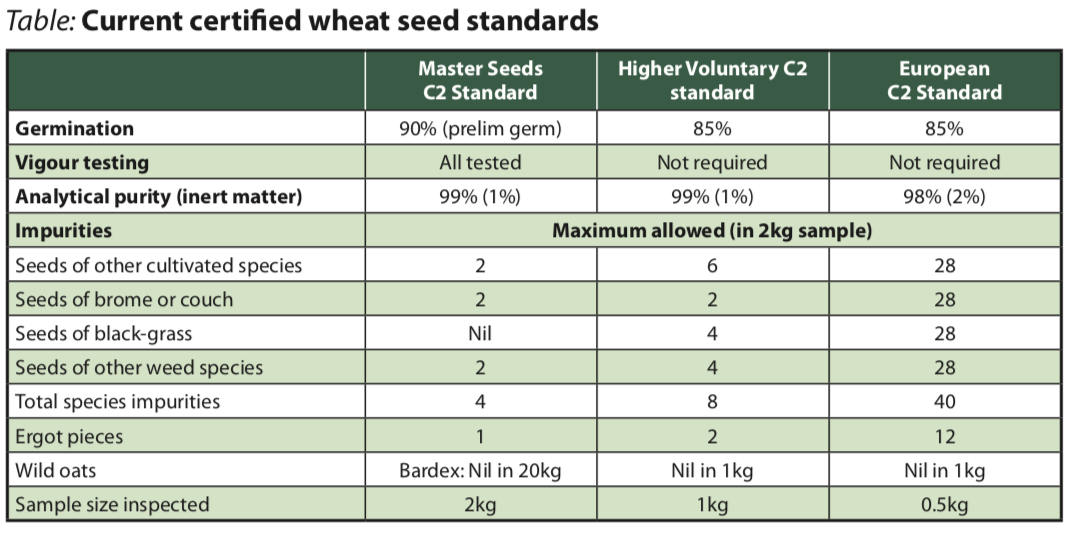Best practice for farm-saved seed
6th August 2021
Saving your own seed offers valuable extra flexibility and control as well as useful cost savings. But it must be done in a well-planned and managed way if this is not to be at the expense of crop performance.
This is the experience of Yorkshire-based Agrii seed business manager, Matt Richardson, who points to the decline in seed purity and problems with weeds and seed and soil-borne diseases often associated with farm- saving as key watch outs.
“Those who are most successful ‘grow’ their own seed rather than merely ‘saving’ it,”he insists.“This involves four key essentials going back at least a season. They start with the best raw material. They use it to produce top quality seed. They harvest and store it carefully. And they have it professionally cleaned and treated ahead of sowing.
“Choosing the right varieties for your seed crops is crucial as they will be your bread and butter two seasons on. As well as making use of the Agrii sustainability ratings that our R&D team generate for the best independent indication of agronomic strength, make sure you have varieties you know suit your conditions, production regime and target markets.
“Start off with the best quality C1 or C2 seed you can get too, especially in terms of weed and other impurities, ergot, germination and vigour,” Mr Richardson continues. “With the highest standards in the industry, Master Seeds will give you a valuable edge in carrying these and other key elements of quality through to your farm- saved crop at no extra cost (see Table below).
First-class agronomy vital
Careful field choice and first-class agronomy is vital in turning the best raw material into top quality farm-saved seed, according to Agrii R&D manager, Jim Carswell.
For the greatest varietal purity with the least volunteer contamination, he recommends growing cereal seed after at least one year’s break, and oilseed rape or pulse seed after three or more. Fields with minimal grassweed and absolutely no wild oat problems are equally important in his view
“It’s your future, so it’s worth giving the crop the best agronomic care you can,” he advises. “Getting it away to the most promising start puts you on the front foot or the rest of the season. Keeping grassweeds and broadleaves like cleavers under good control throughout minimises impurities, making cleaning so much more successful. Effective fungicide treatment and plant growth regulation to keep crops clean and standing works wonders for seed quality and germination, as does optimum nutrition.”
Mr Carswell stresses that T3 is the most important fungicide to keep seed crops free from ear diseases that can carry over, as well as causing shrivelled grain and low specific weights, with triazoles applied at sufficient rates as precisely as possible at anthesis (GS61-65) essential for the best results.
Micro- and macro-nutrition
Mr Carswell’s extensive trials work leaves him equally convinced of the value of good micro- as well as macro-nutrition for seed quality as much as crop performance.
“We know how important manganese, zinc, copper, magnesium and boron, in particular, are for crop health and productivity,” he stresses. “And post-harvest grain analysis highlights how widely these can vary in the seed, leaving crops exposed to a serious ‘hungry gap’ before their root systems are sufficiently well-developed.
“As well as minimising such insufficiencies with foliar application based on timely in-season tissue analysis, I would strongly suggest farm savers check their seed nutrient status through grain analysis as a matter of course. That way they can overcome any problems by specifying a highly effective nutrient treatment like i-Man (Mn), Zax (Zn) or Agnition (Cu) as part of their on-farm seed processing.”
Take care during harvesting
Ahead of professional processing, Jim Carswell also advises as much care as possible in harvesting, handling and storing seed for farm-saving. This includes avoiding pre-harvest glyphosate treatment; cleaning combines and trailers ahead of harvesting to minimise cross- field contamination; the least aggressive grain drying; and separate storage under the best available conditions.
“As far in advance of harvest as possible, we recommend growers plan their likely seed processing requirements around intended drilling dates with our local mobile team,” suggests Agrii farm-saved seed business manager, Mark Taylor.
“You will, of course, be able to adjust any seed treatment as well as cleaning decisions on the day for the greatest flexibility, and we will do everything we can to fit our visits to your changing needs. A good idea of your main processing needs ahead of time, however, means they can arrive with exactly the right set-up for the most efficient job.
“Working to your bushel weight requirements with well-maintained, state-of-the-art equipment, our experienced and qualified operators will always get you the best sample possible,” he explains. “As part of our service, we’ll also test your grain for viability and germination in advance so you don’t use seed that really isn’t up to the job. In addition, we’ll provide you with 1,000 grain weights at the point of processing, so you can drill with the greatest accuracy, together with the assurance of quality standards as good as the most modern seed plants.”


